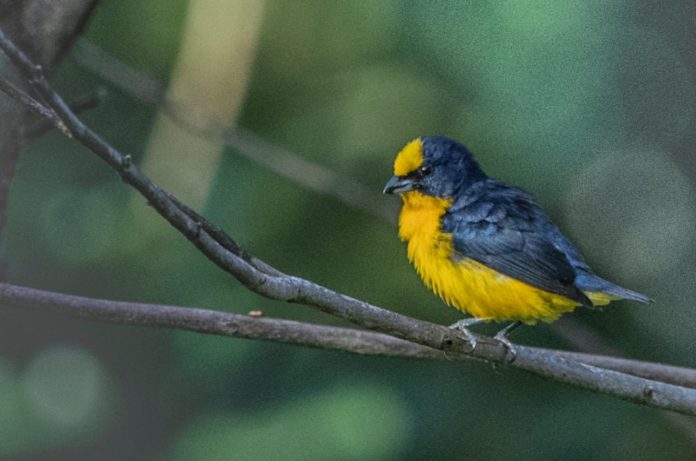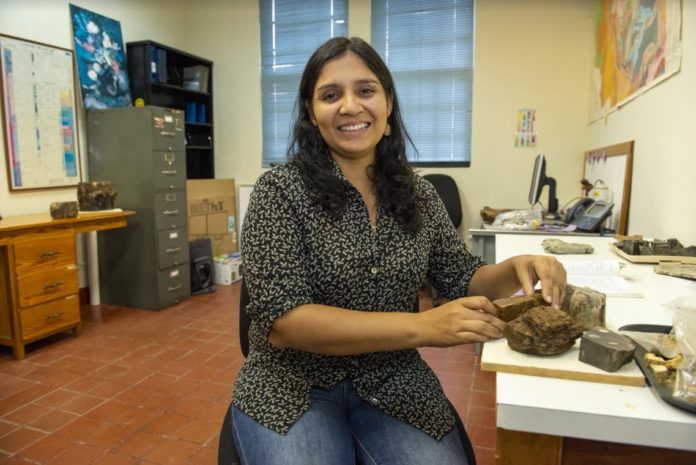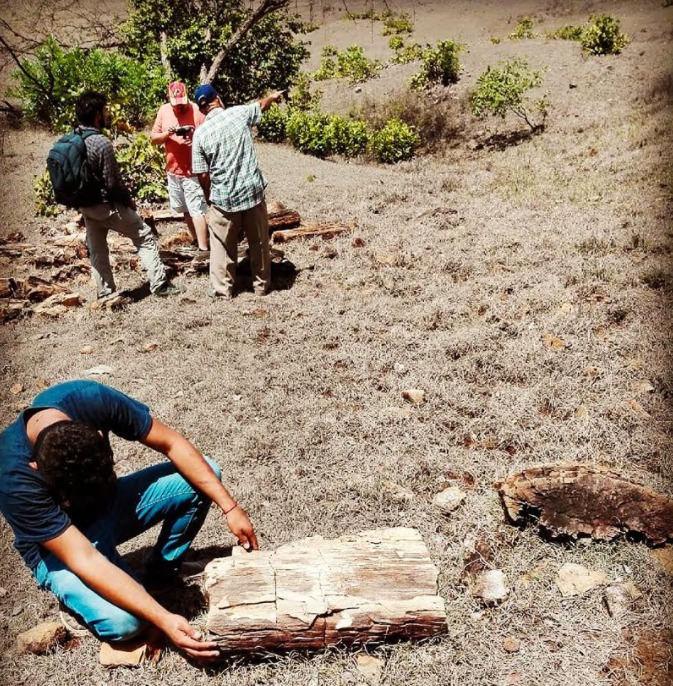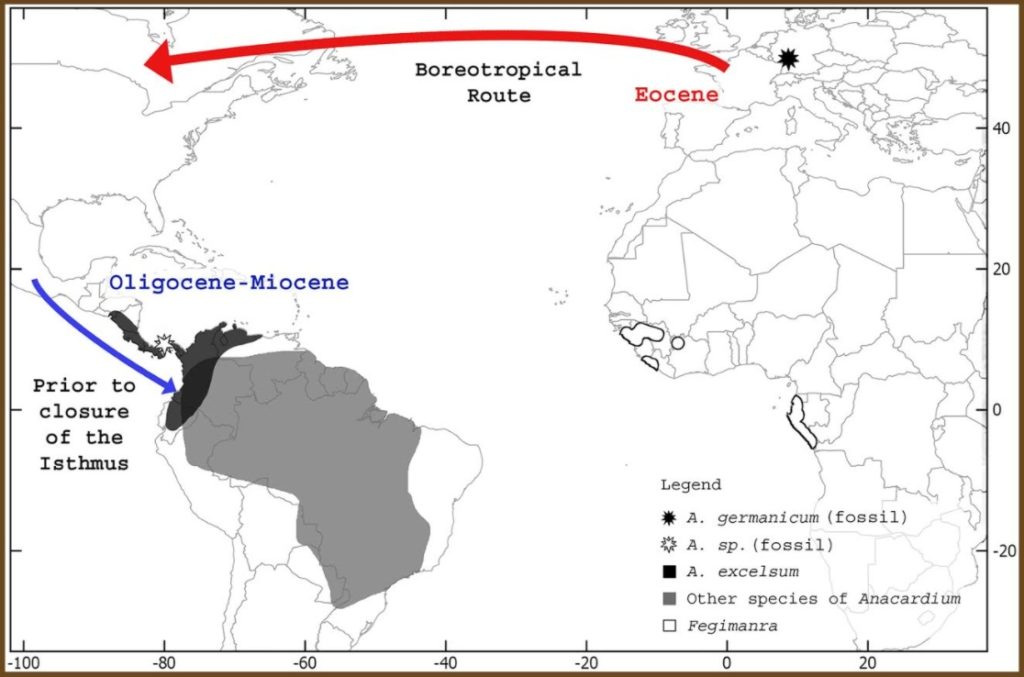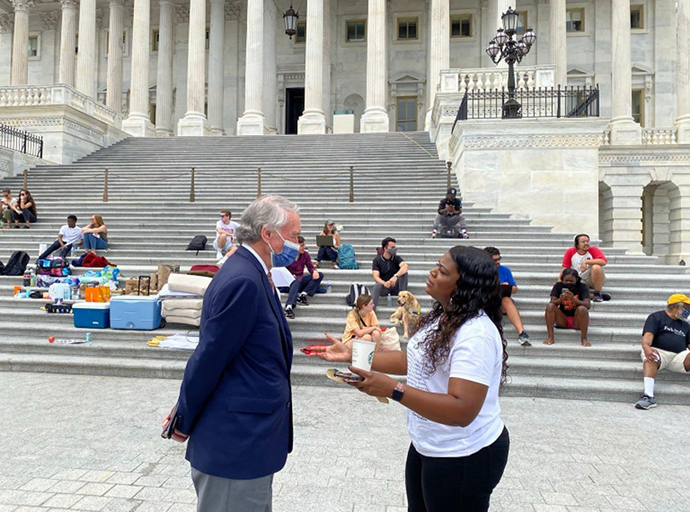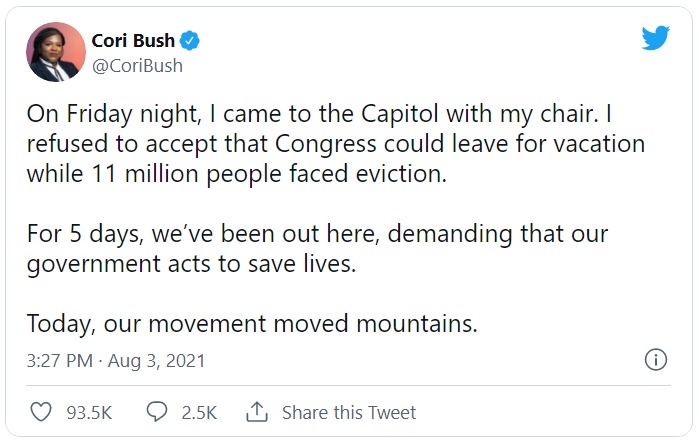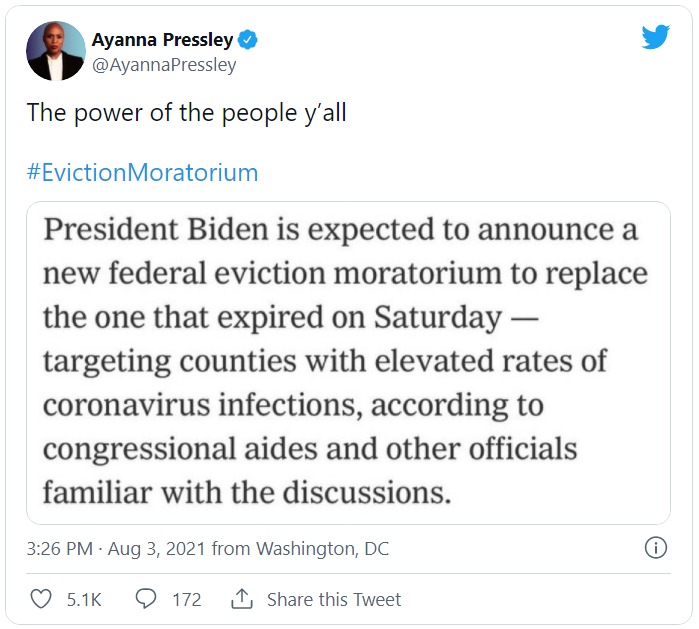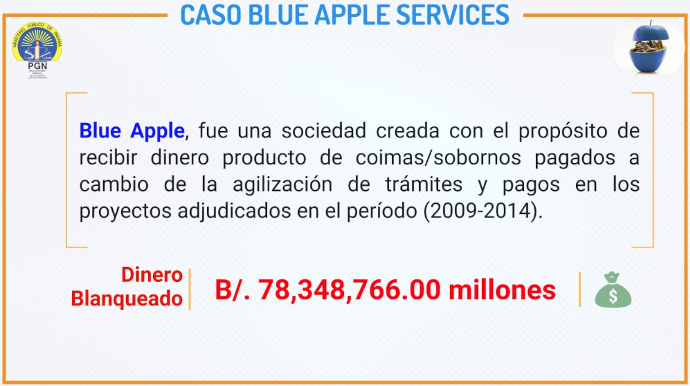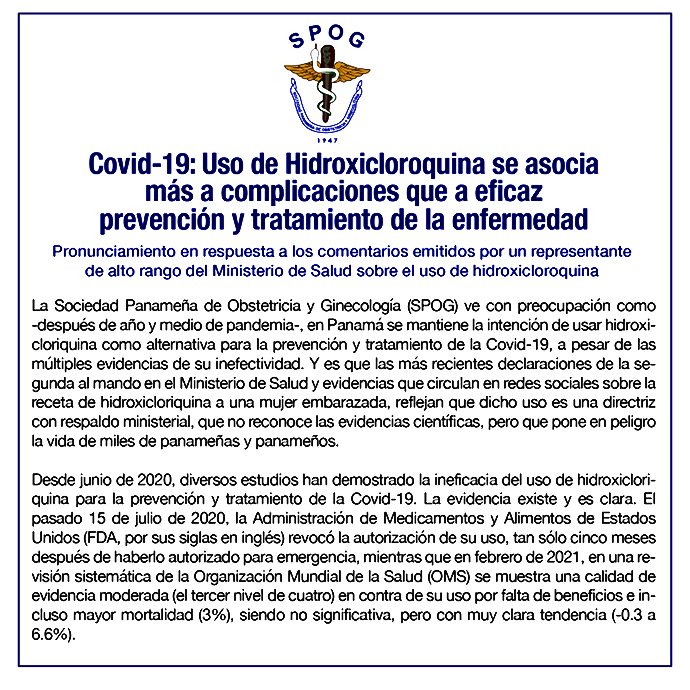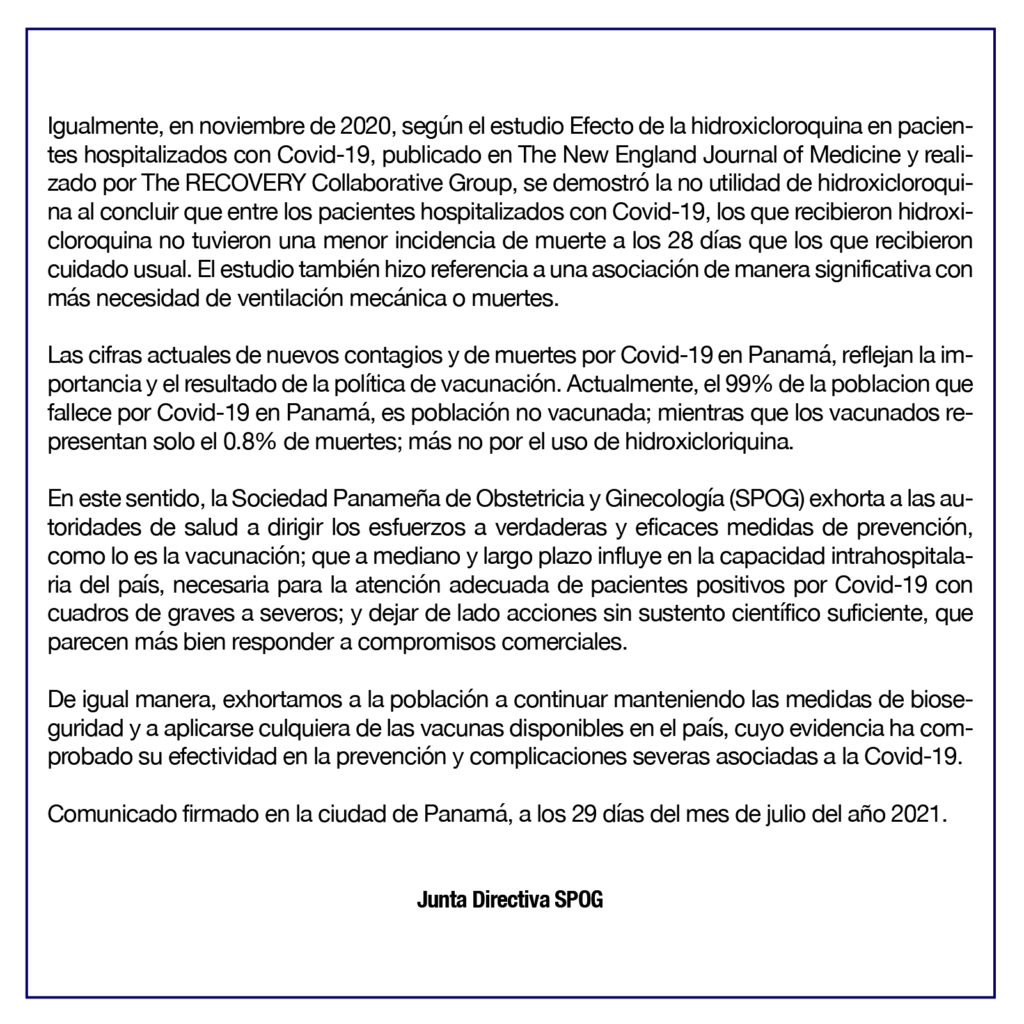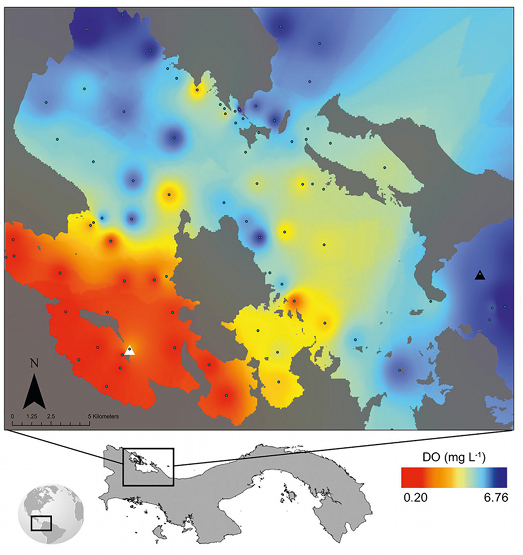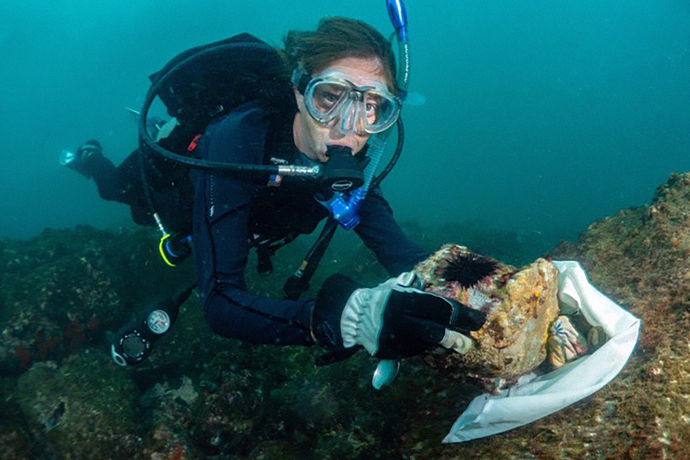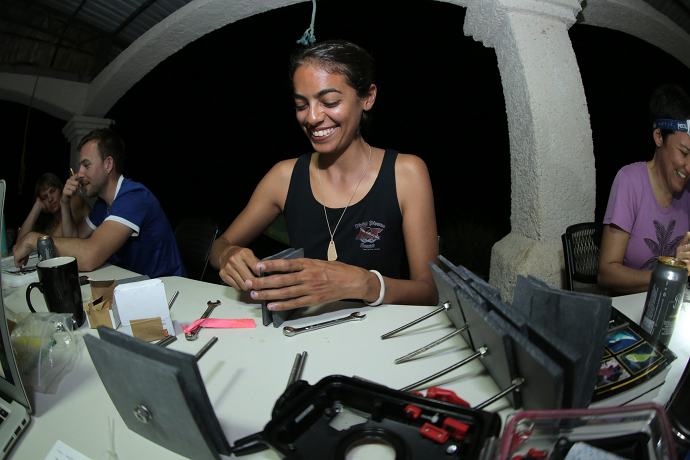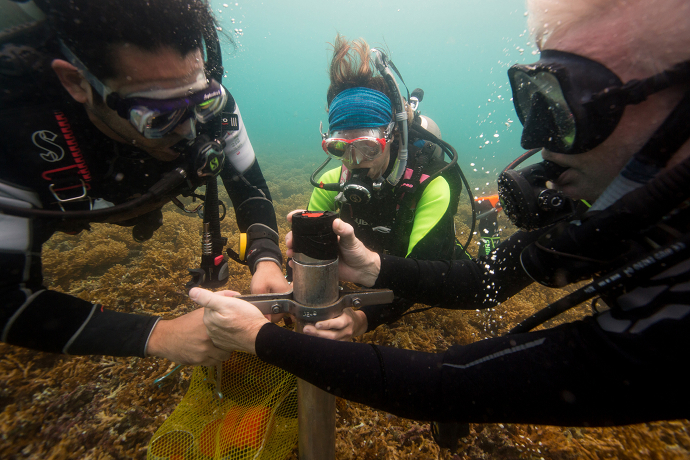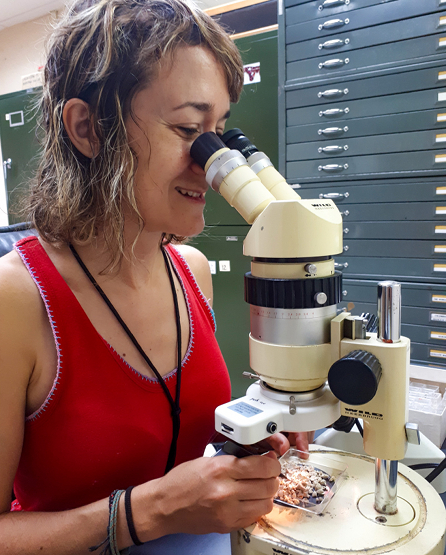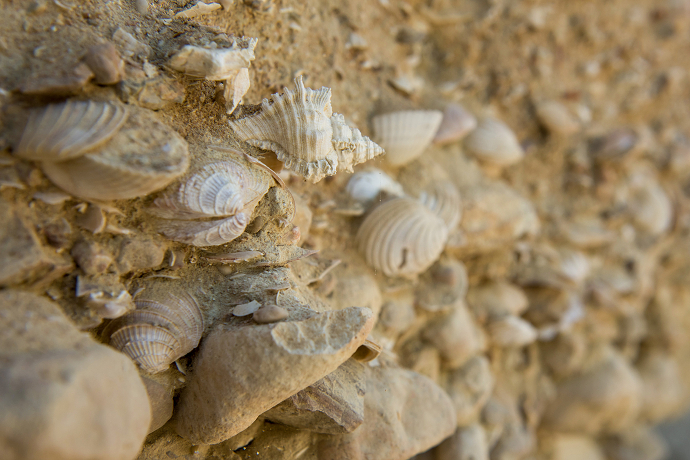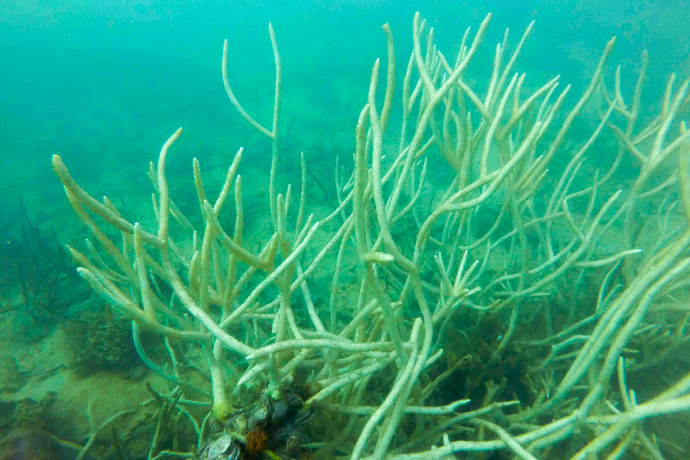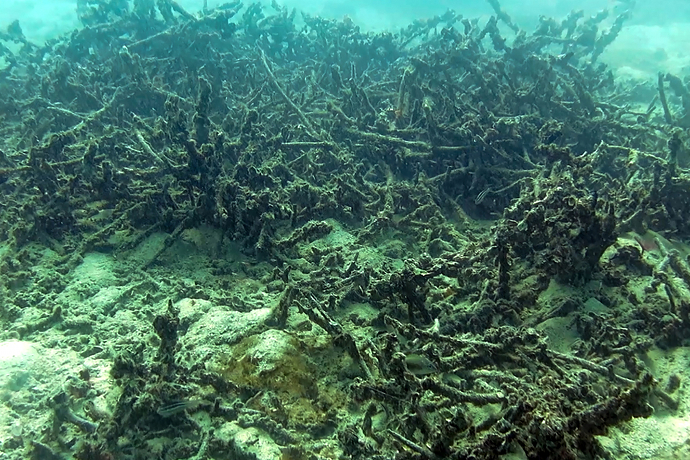Desperate brittlestars, suffocating corals and resilient microbes: the first characterization of an acute marine hypoxic event and its historical context.
Lack of oxygen isn’t just an issue for COVID patients – it also threatens coral reefs
No one knows what triggers the sudden onset of hypoxia, a quickly-spreading drop in ocean oxygen. Like a wildfire, hypoxia kills everything that can’t walk or swim out of harm’s way. For the first time ever, a team at the Smithsonian Tropical Research Institute (STRI) in Panama documented a hypoxic event in progress on a Caribbean coral reef. A second team applied a new approach to look for signs of hypoxic events as people colonized the coast during the last 2000 years. Their complementary results are published in the journals Nature Communications and Ecography.
The first to spot the rise of this turbid monster from the depths of Almirante Bay near Panama’s border with Costa Rica were Maggie Johnson, a post-doctoral fellow on a MarineGEO long-term monitoring project, and STRI Intern, Lucia Rodriguez:
“It was a gorgeous, tropical day in late September, and we were feeling so lucky to be in such an amazing place, Maggie said. “The water was particularly flat, and suddenly, as we were snorkeling, we saw this murky layer of water below the boat. Fish were shoaling just above it and brittle stars and snails were piling on top of each other, trying to escape. It was like a bomb had gone off. Coming back to the surface, we were hit by a horrible smell, like a bucket of rotting seafood.”
The two returned to STRI’s Bocas del Toro Research Station (BRS) where they excitedly convinced post-docs on other projects to help document what was unfolding.
Noelle Lucey was working in Bocas on the impact of low oxygen on tropical reef creatures.
“We were already monitoring hypoxia in the bay on a weekly basis,” Noelle said. But this sudden event made us realize we needed to put more probes in the bay to measure oxygen constantly at different places and depths. In a large group effort, we recorded the physical conditions in the water at all depths in 83 different sites in one day, only six days after Maggie and Lucia first observed the event. We got a good picture of the oxygen throughout the bay with help from everyone at the station.”
Noelle created maps showing how oxygen levels varied between the still waters within the bay and areas closer to the open ocean where wave action mixes and reoxygenates the water. Deep within Almirante Bay the water is almost completely without oxygen, there’s little circulation and all the nutrients from sewage and fertilizer runoff from banana plantations accumulate.
Noelle is curious about how marine invertebrates cope with low oxygen. “During the event, I was shocked to see some reef creatures trying to escape from the hypoxic waters below where others were already dead,” Noelle said. “What I found particularly interesting were the brittle stars. You could see them gasping for oxygen, with wide-open mouths– yet they were still alive. The big question for me is identifying differences between the length of these hypoxic events and how long the reef animals can survive without much oxygen.”
Microbes
Post-docs Jarrod Scott and Matthieu Leray collected seawater samples and used molecular techniques to find out how the microbial community changed during the event. They found that, whereas corals may take years to recover, the microbes in the water recovered within a month, suggesting the recovery of microorganisms was decoupled from the fate of larger organisms in the community.
“This was an opportunity for us to put the microbiology in a broader ecological context,” Jarrod said. “I was most surprised that the microbial community rebounded quickly and completely,” he said. “I expected it to recover eventually, but not to go back to basically the same state it was in before the hypoxic event.”
The team analyzed the genomes of microbes that thrived under hypoxic conditions and found numerous genes that indicated an adaptation to low-oxygen conditions. Yet many of the microorganisms Jarrod and Matt detected in the hypoxic water samples were completely absent from fully oxygenated water. So, if these microbes are not present under normal oxygen conditions, where do they come from?
By comparing two of the dominant hypoxic microbes to publicly available data, they found that these microbes were closely related to organisms found in marine sediments, mollusks, wastewater treatment plants, and feedlots—environments typified by low oxygen. Yet at this point the researchers cannot say for certain where these microbes normally live.
“We only looked at microbes in seawater samples,” Jarrod said. “But what about the microbes closely associated with corals or other marine invertebrates? Or with sediments? Could these environments be the source for the hypoxic microbes? We also saw a decrease in the number of viruses during the hypoxic event. We know viruses may be important for metabolism in many organisms, including microbes and algae, but we are not sure how the dynamics of the viral community is related to hypoxia. There is still a lot to learn about the microbial communities that flourish under acute hypoxic conditions,” he said.
Corals
The original focus of Maggie’s post-doc was to monitor the effects of temperature and ocean acidification on coral reefs, working closely with Andrew Altieri, former STRI scientist, now at the University of Florida. During the event Maggie set up surveys and collected corals at two sites. About 30% of the reef area was covered by living corals before the event, 15% just after the event and 20% a year later.
“It is mind-blowing to think that some of these coral communities had been there for 100 years or more and suddenly, they were decimated in a week.”
“We thought that coral communities in shallow coastal waters don’t usually experience hypoxia,” Maggie said. “But the hypoxic water came up close to the surface. Most of the corals below seven meters (21 feet) died, but corals in 3 meters (9 feet) of water survived. You can say 50% of the corals in shallow waters died, or you can say 50% survived and wonder how they did it.”
Samples of Agaricia tenuifolia, a coral species common across the Caribbean, lost most of their symbionts. When Maggie saw that hypoxia can cause the same sort of bleaching previously blamed on high temperatures, she shifted her research focus.
Now Maggie has a post-doc at Woods Hole Oceanographic Institution and is doing experiments at the Smithsonian Marine Station at Ft. Pierce, Florida. It looks like some corals can endure hypoxic conditions for several weeks, so they must have tools for coping with low oxygen. As corals photosynthesize during the day, they release oxygen, which might help to reduce the amount of hypoxia they experience, especially in shallow water.
Long view
Could Bocas del Toro be a place to find out if controlling run-off could stop or limit hypoxic events?
“We don’t know how much of the hypoxia is caused by nutrient runoff from banana plantations and sewage, or if hypoxia is a natural phenomenon that has always taken place,” said Rachel Collin, Bocas Research Station director.
STRI post-doc, Blanca Figuerola, teamed up with STRI paleontologist, Aaron O’Dea to see if they could use fossil gastropods and isotopes from their shells to ask if hypoxic events have occurred in the past and if they are primarily caused by human influence or if they have been a natural process for millennia.
To see how the reef has changed during the last 2000 years, their team extracted four reef cores by driving metal tubes into shallow reefs, one which experiences hypoxia today, and another which does not — according to data collected by Noelle — and two additional cores from the deeper part of the hypoxia-exposed reef through a matrix of dead branching corals in the genus, Porites.
The six cores were sectioned into 69 samples. The age of coral fragments in each sample was used to create a timeline. For each sample, Blanca classified each gastropod (almost 15,000 specimens in total) by the role it plays in the ecosystem (eg. herbivore, carnivore or parasite) and observed an historical increase of the proportion of herbivores and a decrease in carbon isotope values at greater depth, suggesting that hypoxic waters shoaled onto the reef and shut it down approximately 1500 years ago.
“We found similar signs in the shallow part of the hypoxic reef during the last decades that suggests hypoxia may be expanding to shallower depths,” said Blanca.
The team found that the timing of the deep reef shutdown coincides with no known major climatic changes but it does coincide with an expansion of human populations in the region (as observed in archeological middens), suggesting that land clearing may have promoted an increase in hypoxic waters by fueling nutrient runoff in to the bays.
“These historical data offer a stark warning,” Aaron said. “Whole reefs have succumbed to these hypoxic events in the past. They turned to rubble and slime and never recovered. If pollution isn’t controlled the shallow, relatively healthier reefs could see the same fate.”
“It was exciting to find that microgastropods may be a powerful record of past hypoxic conditions and can provide warning signs of future changes on reefs,” said Blanca, who is hoping to be able to repeat the same kind of study on other reefs using a variety of geochemical and biological proxies.
Perfect storm
“This really was a perfect storm,” Maggie said. “We were extremely fortunate to catch an acute hypoxic event in progress and to work with other post-docs at the station who study the many aspects of coral reefs and provide long-term perspective. Dissolved oxygen is not something that most people monitor on reefs. We want to raise awareness of the importance of hypoxia worldwide.”
References:
Johnson, M.D., Scott, J.J., Leray, M., Lucey, N., Rodriguez Bravo, L.M., Weid, W.L. and Altieri, A.H. 2021. Rapid ecosystem-scale consequences of acute deoxygenation on a Caribbean coral reef. Nature Communications. https://doi.org/10.1038/s41467-021-24777-3
Figuerola, B, Grossman, E.L., Lucey, N., Leonard, N.D., O’Dea, A. 2021. Millenial-scale change on a Caribbean reef system that experiences hypoxia. Ecography (in press). DOI: 10.1111/ecog.05606 https://onlinelibrary.wiley.com/action/showAbstract
This map of Bahia Almirante in Panama’s Bocas del Toro Province near the Costa Rican border shows dissolved oxygen concentrations at the sea floor, 6 days after researchers first detected an acute hypoxic event. Sampling sites are indicated by black dots. (Noelle Lucey, Adapted from Nature Communications)
Post-doctoral fellow Noelle Lucey worked to find out the effects of low oxygen on marine invertebrates. Photo by Maycol Madrid — STRI.
Maggie Johnson, MarineGEO post-doctoral fellow, studies the effects of temperature, ocean acidification and now hypoxia on corals. During the hypoxic event, she took lettuce corals, Agaricia tenuifolia, collected from the same depths at different sites, back to the lab, where she determined coral health. Photo by Sean Mattson — STRI.
STRI intern Lucía Rodríguez worked with Maggie Johnson to discover the hypoxic event. Photo by Sean Mattson — STRI.
After driving a steel tube into a reef, Jorge Morales, Blanca Figuerola and Aaron O’Dea are ready to extract a core from the reef — a timeline of the reef’s history. Photo by Sean Mattson — STRI.
Blanca Figuerola, STRI post-doc, categorizes microgastropods.
Photo by Jorge Morales — STRI.
Paleontologists excavate fossil reefs, like this one in the Dominican Republic, to discover how ancient reefs were different from reefs today. Some gastropods (mollusks and snails) hunt reef animals, others simply graze on plants and algae, so the types of fossil gastropods found on a reef tell the story of what kind of habitat dominated during a certain period of history. Photo by Sean Mattson — STRI.
Acropora corals during the hypoxic event. Photo by Will Wied — STRI.
Two years after the hypoxic event, Acropora corals had not recovered. Photo by Maggie Johnson — STRI.
Contact us by email at fund4thepanamanews@gmail.com
To fend off hackers, organized trolls and other online vandalism, our website comments feature is switched off. Instead, come to our Facebook page to join in the discussion.
These links are interactive — click on the boxes













